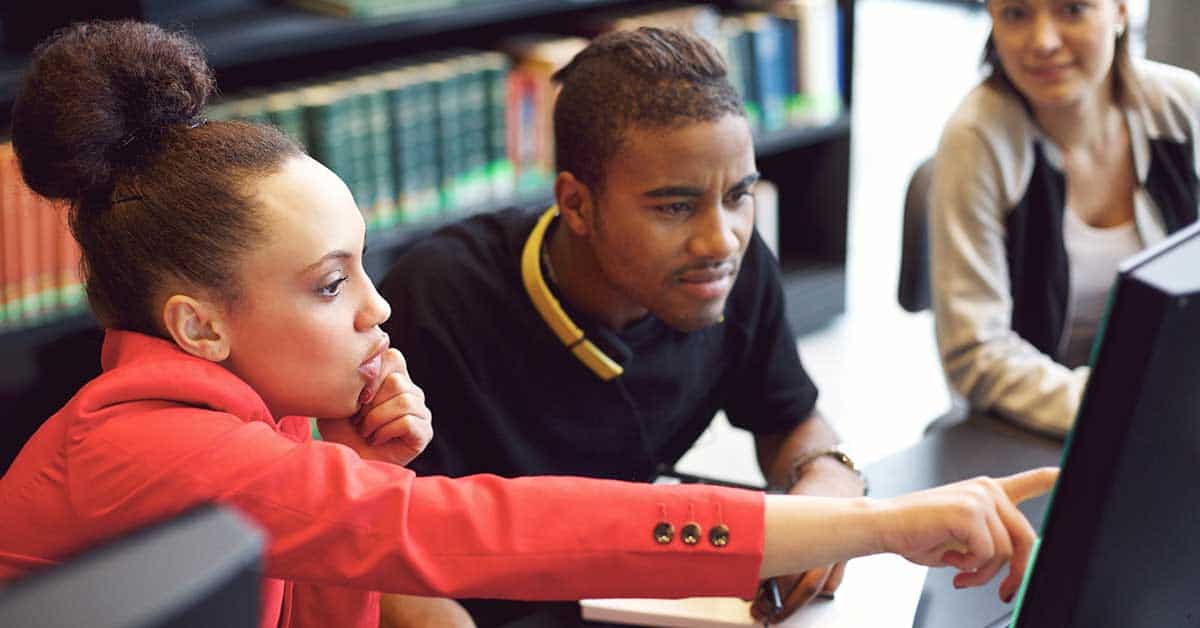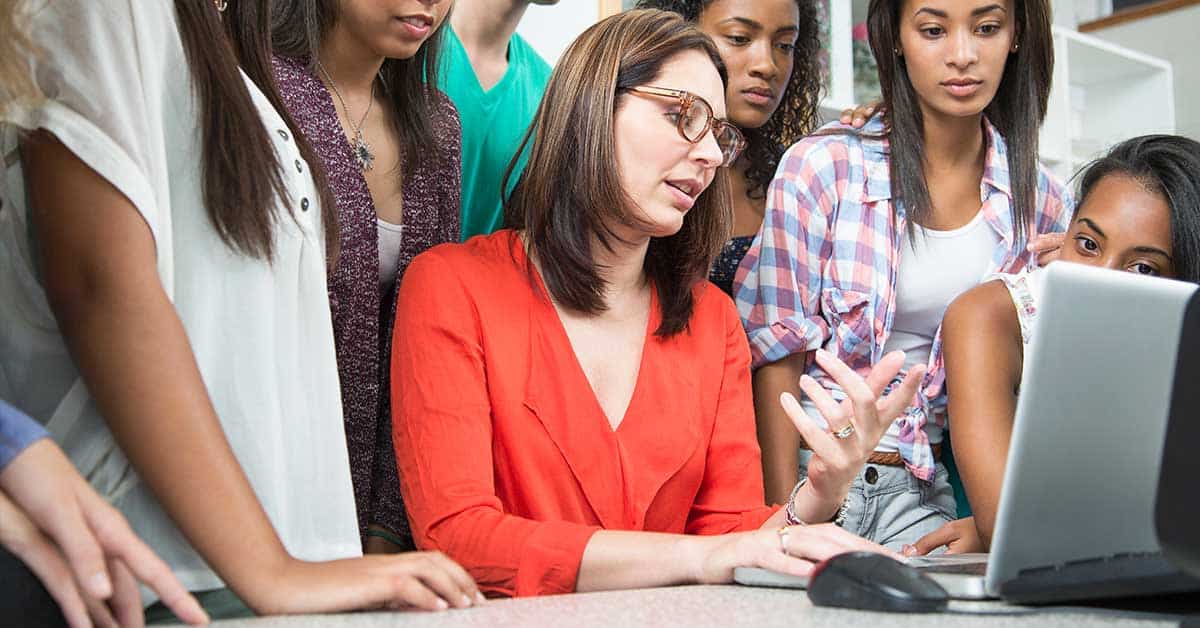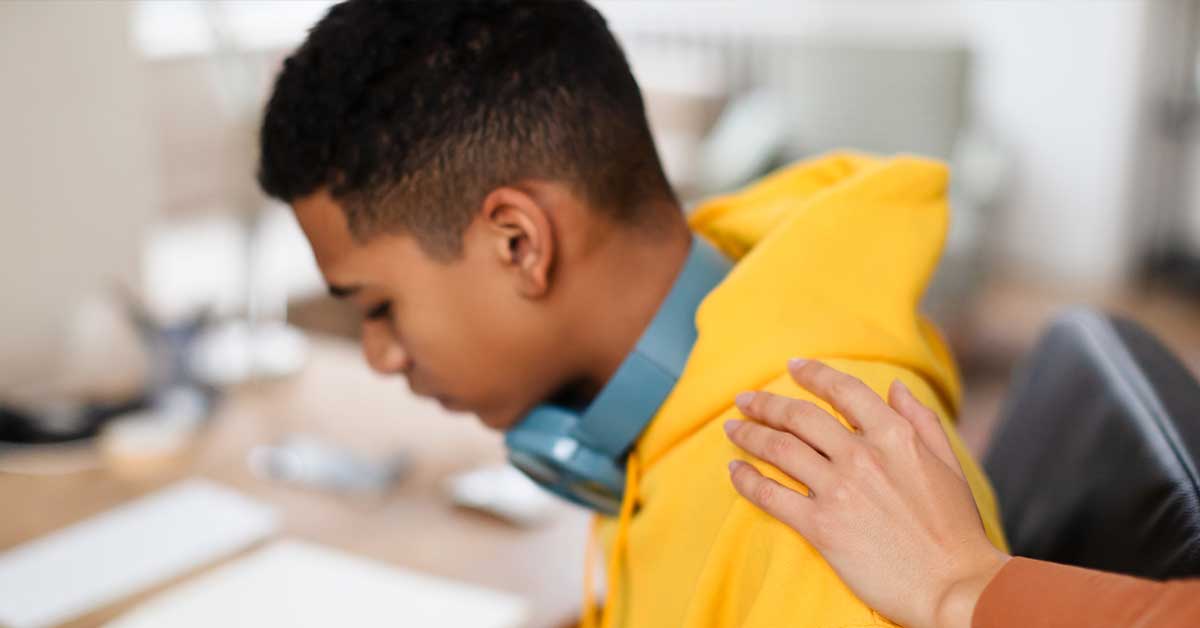Table of Contents
In an era where digital interactions dominate much of our waking hours, the pervasive influence of deepfake technology cannot be overstated. The sinister allure of these digitally manipulated media forms lies in their ability to deceive even the most discerning eyes. Beyond mere screen time management, educators, parents, and society must pivot towards cultivating a culture of critical thinking, a skill set crucial to navigating the labyrinth of misinformation and deception that deepfakes represent.
Learn About Critical Thinking Today
Discover how to effectively teach critical thinking skills in a world filled with deepfakes and misinformation. – What are deepfakes? Deepfakes are realistic-looking manipulated videos or audio that can mislead viewers, posing a challenge for discerning truth. – Why is media literacy important? Media literacy equips individuals with the skills to analyze and evaluate information critically, essential in navigating the digital landscape. – How can critical thinking be taught? Incorporating discussions, hands-on activities, and real-world examples helps students develop the necessary critical thinking skills to assess media credibility.
The Challenge of Deepfakes
Deepfakes are no longer the stuff of science fiction. They have infiltrated our media landscape, making it increasingly difficult to discern reality from fabrication. Deepfakes, powered by artificial intelligence, can create hyper-realistic videos and audio recordings that are indistinguishable from genuine ones. The implications are profound, affecting everything from political discourse to personal relationships.
Consider the infamous deepfake of Barack Obama that went viral a few years ago. It featured the former president delivering a message he never actually said. Such instances underscore the urgent need for a society equipped with the skills to critically analyze and question the authenticity of digital content. The problem isn’t just that these deepfakes exist, but that they are becoming easier to create and more difficult to detect. This raises an essential question: How can we prepare future generations to tackle such challenges?
Insider Tip: Recognizing Deepfakes
According to Dr. Jane McMillan, an expert in digital media forensics, “Teaching individuals to look for inconsistencies in lighting, shadows, and lip-syncing can be a starting point in identifying deepfakes.”
Learn more about the impact of AI in the classroom
The Importance of Media Literacy
Media literacy is more crucial now than ever. It is the foundation upon which critical thinking can be built. Media literacy empowers individuals to not only consume content judiciously but to also create and share media responsibly. This literacy goes beyond understanding how to use media tools; it requires a nuanced comprehension of media’s role in society and its potential impact.
From my own experience as an educator, I’ve observed that students’ ability to critically engage with media is often underestimated. Many students can adeptly navigate social media platforms, yet they lack the skills to critically assess the validity of the content they consume. This gap in understanding can lead to the spread of misinformation, as students unknowingly become vectors for false narratives.
Integrating media literacy into the curriculum is not just an educational imperative; it’s a societal one. Schools should not only focus on digital literacy for students but also ensure that educators are equipped with the necessary tools to teach these skills effectively. Explore how schools can implement digital literacy programs
Teaching Critical Thinking
Critical thinking is the antidote to the deception that deepfakes propagate. It involves analyzing information, evaluating evidence, and making reasoned judgments. In the context of deepfakes, critical thinking enables individuals to question the authenticity of the media they consume, seeking corroborative sources and recognizing potential biases.
Teaching critical thinking requires a pedagogical shift from traditional rote learning to a more inquiry-based approach. Students should be encouraged to ask questions, challenge assumptions, and engage in debates. This was evident in a case study from a high school in California where students were tasked with verifying the authenticity of various pieces of media. The exercise not only enhanced their analytical skills but also fostered a healthy skepticism towards digital content.
Incorporating technology into critical thinking exercises can also be beneficial. Tools that simulate deepfake creation can demystify the process, helping students understand the technology’s capabilities and limitations. This hands-on approach can empower students, making them less susceptible to deception. Discover how educators can develop AI literacy
A New Era of Media Literacy
As we usher in this new era of media literacy, we must acknowledge that the digital landscape is constantly evolving. This evolution necessitates a dynamic approach to education that can adapt to new challenges as they arise. The age of deepfakes demands a proactive stance, one where educators, parents, and policymakers work collaboratively to instill critical thinking and media literacy from a young age.
Reflecting on my journey as an educator, I recall an instance where a group of students, using their newfound media literacy skills, identified a deepfake video intended to discredit a local political candidate. Their ability to detect the forgery not only underscored the effectiveness of media literacy education but also highlighted the broader societal impact of such skills.
However, the responsibility doesn’t lie solely with educational institutions. Parents and guardians play a pivotal role in reinforcing these skills at home. Engaging in discussions about media content, encouraging curiosity, and modeling critical thinking behaviors can significantly influence a child’s ability to navigate digital environments.
Insider Tip: Encouraging Critical Conversations at Home
Dr. Alan Richards, a child psychologist, suggests, “Parents should regularly discuss current events with their children, prompting them to question and analyze the information presented. This practice can build a foundation for critical thinking that extends beyond the classroom.”
As we contemplate the future, it is imperative to consider the broader implications of deepfake technology. Beyond the immediate risks of misinformation and manipulation, deepfakes pose ethical dilemmas that require careful consideration. For instance, what are the privacy implications of a world where anyone’s likeness can be digitally replicated without consent? These are the questions that will define the next generation of media literacy education.
Further explore the privacy implications of AI in education
In conclusion, the age of deepfakes is upon us, and with it comes a mandate to equip individuals with the skills to critically engage with digital media. Moving beyond mere screen time limitations, we must prioritize teaching critical thinking and media literacy, ensuring that future generations are not only consumers of media but discerning analysts and responsible creators. The challenge is formidable, but the stakes are too high to ignore. Let us rise to the occasion, embracing the opportunity to redefine education in this digital age.
FAQ
Q. What is the focus of “Beyond Screen Time” in education?
A. “Beyond Screen Time” emphasizes teaching critical thinking skills.
Q. How can educators teach critical thinking about deepfakes?
A. Educators can use real-world examples to foster critical analysis skills.
Q. Who can benefit from learning about deepfakes in education?
A. Students at all ages can benefit from understanding deepfakes and media literacy.
Q. What resources are available for teaching this topic effectively?
A. Various online platforms offer lesson plans and activities for educators.
Q. How can I address skepticism about deepfakes in the classroom?
A. Engaging students in discussions can help alleviate concerns about relevance.
Q. What strategies promote critical thinking beyond screen time?
A. Incorporating debates and project-based learning enhances critical thinking skills.




